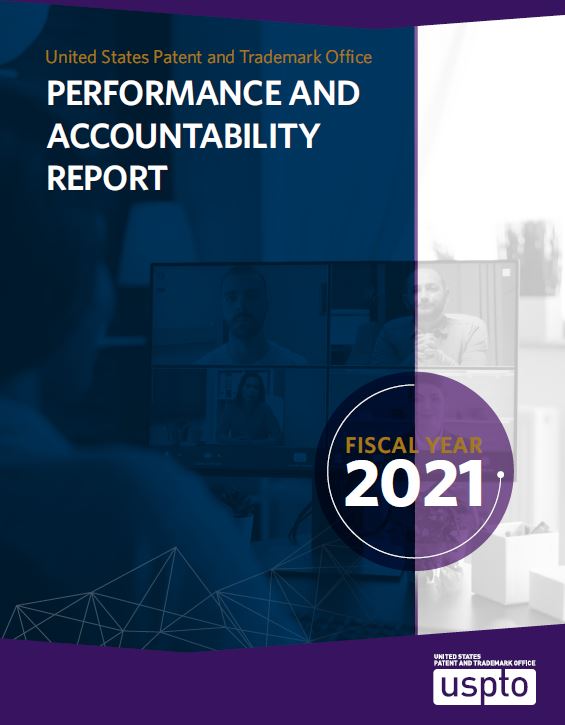Each year, IP Spotlight updates our readers who often ask: how long does it take for a patent or trademark registration to grant? In previous years, we’ve done that by reviewing the USPTO’s annual Performance and Accountability Report. In 2022 the USPTO discontinued that report. Instead, the USPTO now publishes up-to-date pendency information on its Data Visualization Center. The Data Visualization Center includes several dashboards with detailed information about allowance rates, average pendency, and other statistics about patent and trademark proceedings.
Patents: In 2022, the USPTO’s average time to first action remained steady at 16.9 months. The average total pendency — that is, the time from filing to either grant or abandonment — was 25.7 months, an increase of 2.4 months compared to 2021 data.
The wait times varied based on the USPTO Technology Center that reviewed the application. The breakdown by technology included:
- biotechnology and organic chemistry (USPTO Technology Center 1600) inventions had an average wait time of 19.1 months to first action, and an average total pendency of 27.6 months;
- chemical and materials engineering (USPTO Technology Center 1700) inventions had an average wait time of 18.4 months to first action, and an average total pendency of 29.2 months;
- computer architecture, software and information security (USPTO Technology Center 2100) inventions had an average wait time of 16.2 months to first action, and an average total pendency of 27.2 months;
- networks, multiplexing, cable and security (USPTO Technology Center 2400) inventions generally waited 15.0 months to first action, and had an average total pendency of 24.6 months;
- communications technologies (USPTO Technology Center 2600) inventions once again had the shortest average wait times — 14.1 months to first action, and an average total pendency of 23.5 months;
- semiconductors, electrical systems and optical systems (USPTO Technology Center 2800) inventions experienced an average wait time of 16.0 months to first action, and an average total pendency of 25.5 months;
- e-commerce, transportation, construction, and agriculture technologies (USPTO Technology Center 3600) inventions had an average wait time of 17.6 months to first action, and an average total pendency of 27.5 months; and
- mechanical engineering and manufacturing technologies (USPTO Technology Center 3700) inventions encountered an average wait time of 18.8 months to first action, and an average total pendency of 28.0 months.
The average time from the day that an applicant filed an amendment to the date of the next USPTO action was 58 days.
The allowance rate for all utility, plant, and reissue applications that the USPTO disposed of in the past year was 59%.
The USPTO offers a “Track One” examination program in which the USPTO will advance a new patent application to the front of the queue if the applicant pays an additional fee. (The fee is $4000 for a large entity, or $2000 for a small entity.) Track One examination ensures a final disposition within 12 months. In practice, the process is typically faster. In 2022, the average time from Track One petition grant to first action was 1.8 monhts, and the average time from petition grant to final disposition was 4.5 months. While the Track One program ensures speed, it does not ensure allowance; the allowance rate for Track One applications was 57% in 2022.
The summary above uses USPTO patents dashboard information through November 30, 2022:
Trademarks: The average time from filing to first Office Action in a trademark application continued to increase in 2022. The typical wait time is now 8.3 months to first action. This represents a two-month increase compared to 2021 data and five-month increase compared to 2020 data. Average total pendency is 13.8 months for applications that are not opposed or suspended during prosecution.
For the first time in 3 years, total number trademark filings decreased in 2022. (The percent decrease was 16.5%.) This should help reduce trademark application wait times in the upcoming year.
The summary above uses USPTO trademarks dashboard information for Q4 2022.


